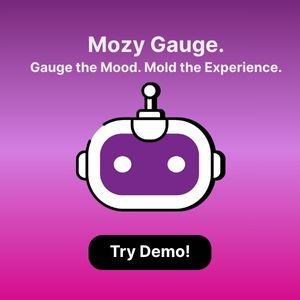


Well crafted push notifications can greatly influence mobile engagement, particularly due to their personalization and targeting features. If used properly, push notifications can bring your brand closer to users, create loyalty and increase app usage. Unfortunately, given the widespread adoption (and abuse) of push notifications many users are choosing to opt-out rather than opt-in. Understanding the basics of when to send pushes, and what to say, will help you engage and retain your current subscribers.
Here are a 5 effective ways to push notifications at the right time, to the right audience, with the right message:
1. Geography Focused Push Campaigns
Broadcasted push messages have a low success rate because they don't take into consideration the time and distance separating a user from the store that has the promotion. For instance, if a user receives a message while he's driving home from work, he's unlikely to turn around and drive back to take advantage of it. Grouping your users by time zone and location can help you create more accurately pinpointed campaigns that work with customers' schedules.
2. Transaction Focused Push Campaigns
These work by giving the customer updates and further information on a service they've already purchased. These automated messages are targeted directly to a specific user, allowing your business to offer your customers a more personalized service experience. For example, a tire shop might update their customer on where they are in the queue to be serviced, allowing the person to plan their shopping schedule.
3. Use Analytics to Enhance Your Push Messages
User analytics can guide you to choosing the right push messages, dependent on a customer's preferences. You can study their behavior as they interact with the app and tailor push messages based on common groupings of interests. For instance, these analytics can help prevent a first-time customer from receiving a flurry of information that's not relevant to them.
4. Tie Outside-App Activity to Your Push Campaign
To create the best customer experience, gather data from multiple sources ranging from the app and website to email marketing campaigns to customers' behavior in the brick-and-mortar store. Once you have this information, you'll be able to more accurately predict their purchasing patterns. You can then connect meaningful and high-value promotions with their individual schedule. For example, if a customer purchases the first season of a television show in your store, you can send them a push campaign suggesting they stream the next season via your website.
5. User-Controlled Push Campaigns
One important and often missed marketing opportunity is to invite users' feedback on how you can better serve them. When a user first signs up for a push campaign app, they should be encouraged to set their preferences for products or services they are most interested in. They also should define how frequently they want the app to contact them. Periodically, you can send customers a message asking for their feedback and letting them update their notification preferences.
Bringing It All Together: How to Structure An Ideal Push Campaign
The most successful push campaigns combine all the information available into a highly individualized service. These consider the time and geographical constraints of each user, their typical purchasing and app interaction patterns, and the frequency that they prefer for communication. Campbell's Soup recently launched a highly successful push campaign that tied user interest in the recently released Star Wars movie with information on their favorite type of soup and closest store that carried the product.
